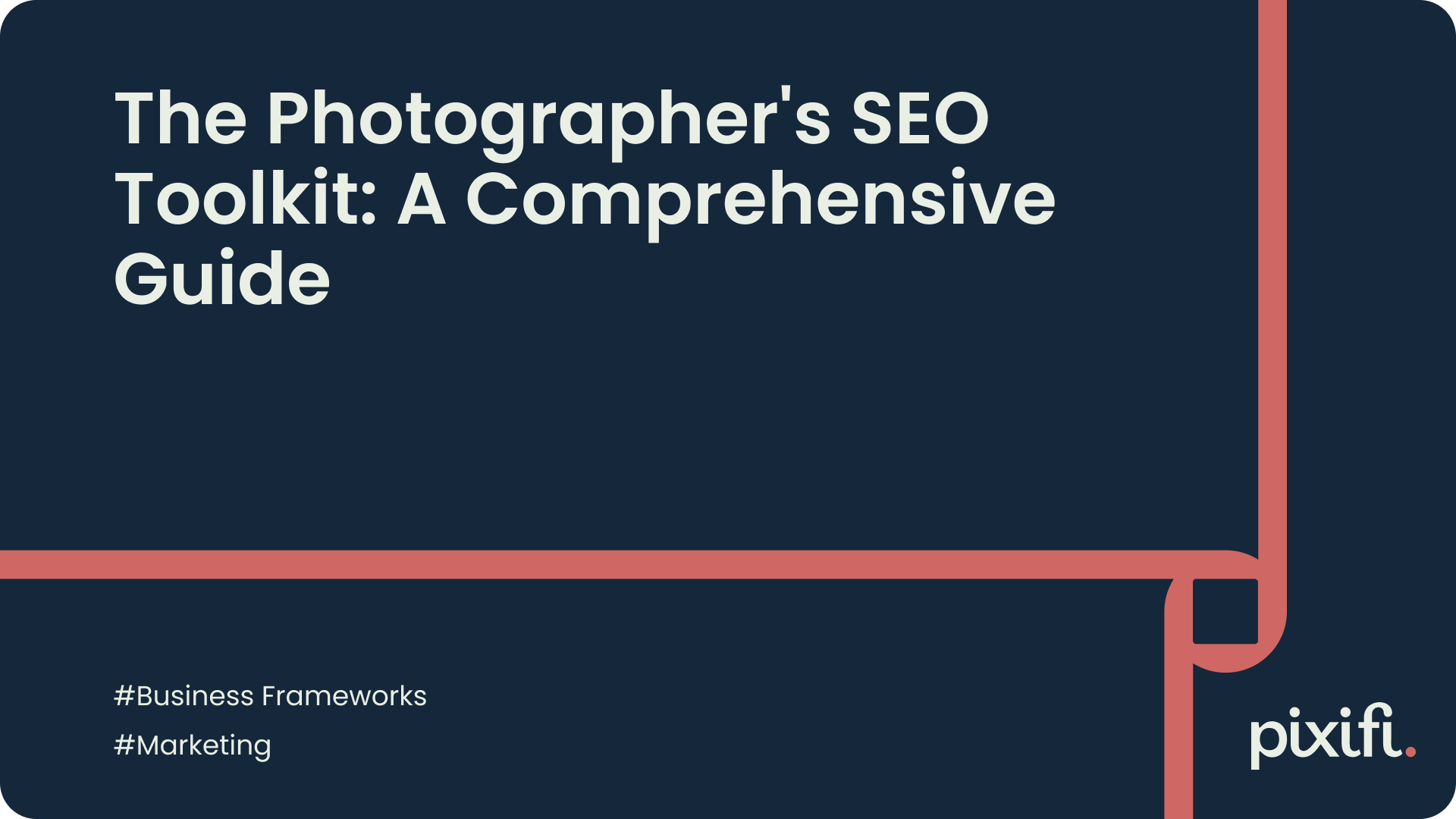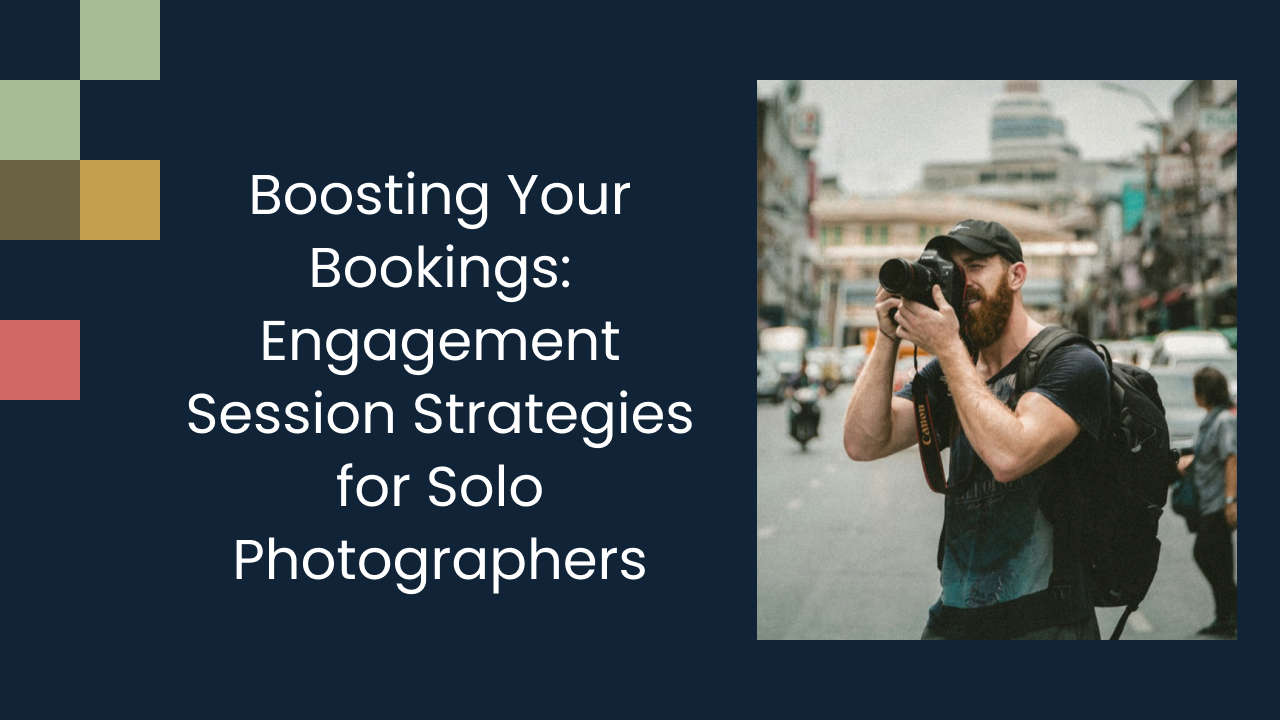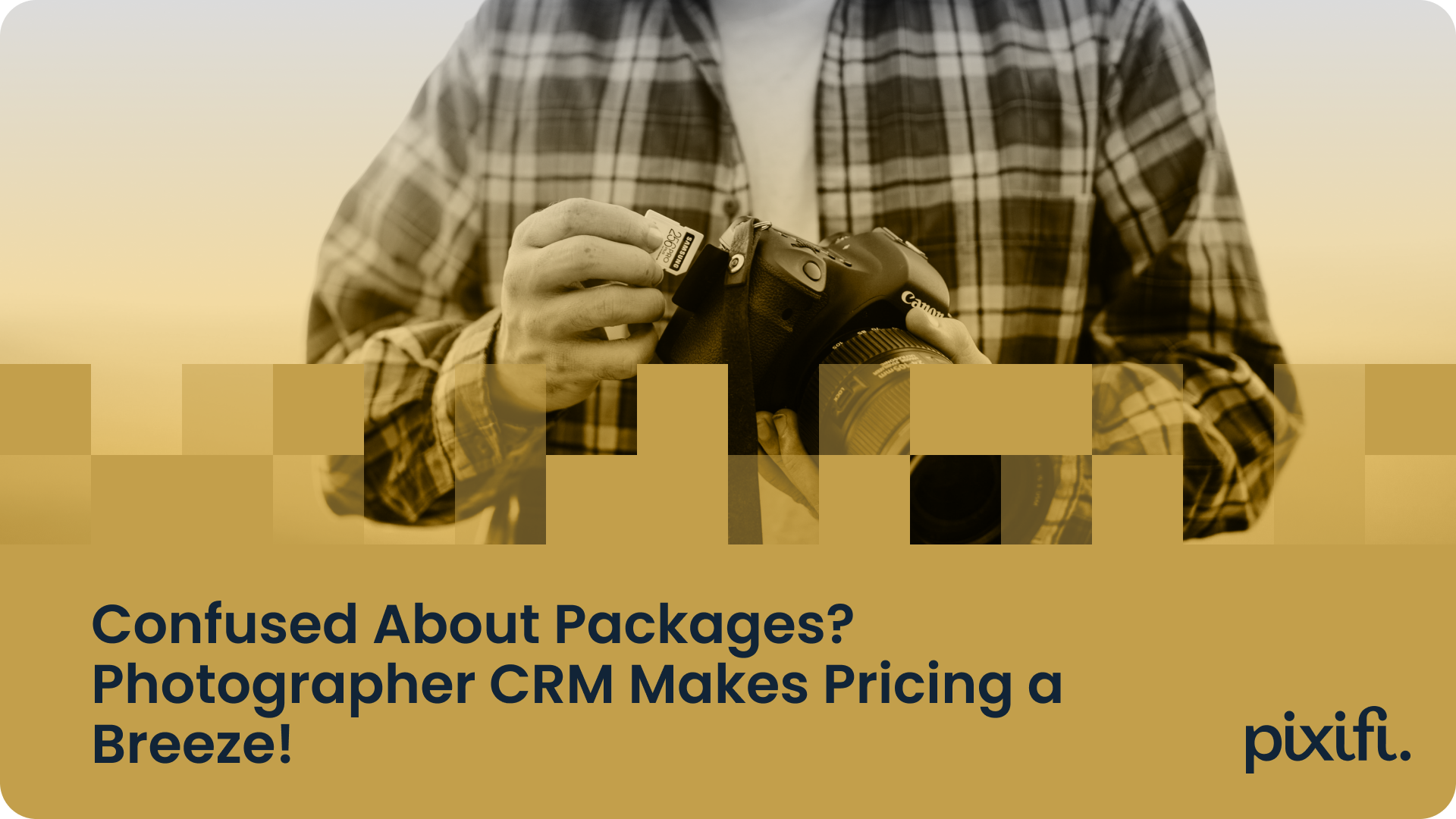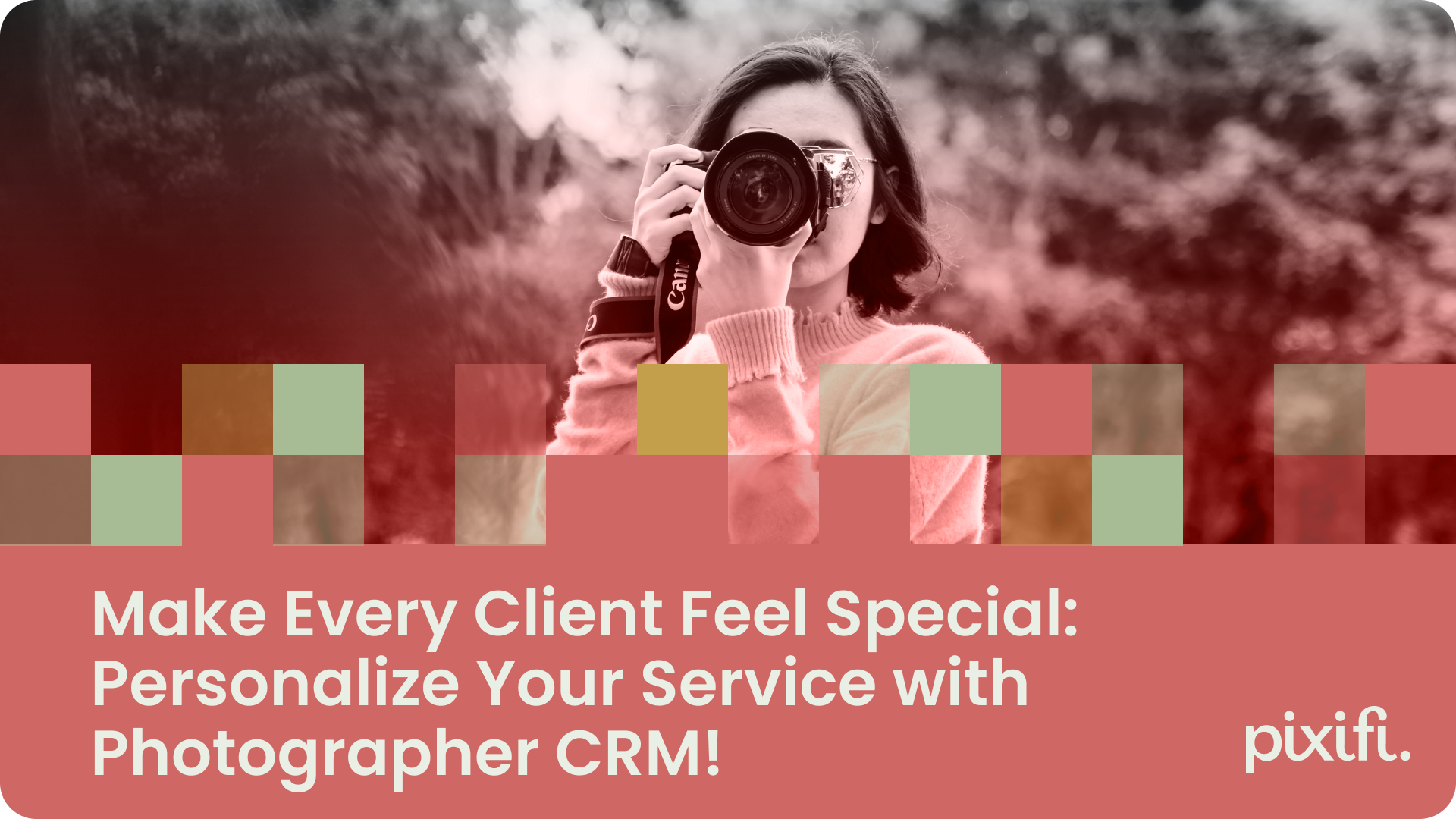The Photographer's SEO Toolkit: A Comprehensive Guide
In today's digital age, photographers have an ocean of opportunities to showcase their work and attract potential clients. But, being a great photographer doesn't automatically equate to web visibility. The key to getting your photography website noticed lies in mastering the art of search engine optimization (SEO). SEO helps search engines understand your website better, improving your chances of ranking higher in search results. Here's a comprehensive guide to the SEO toolkit every photographer needs.
Understanding SEO
SEO is a process that improves the quality and quantity of your website traffic through organic search engine results. But what does SEO mean for photographers? Essentially, it can help you gain more visibility online, attract your target audience, and ultimately, book more clients.
Keyword Research
To optimize your website, start with keyword research. It's all about finding the words and phrases your potential clients use when searching online.
1. Google Keyword Planner: A free tool from Google, it helps you discover new keyword ideas, see how often certain keywords are searched, and understand how keyword trends change over time.
2. Ubersuggest: This tool offers keyword ideas, SEO difficulty scores, and a list of websites currently ranking for your chosen keywords.
3. AnswerThePublic: An excellent tool for discovering long-tail keywords, which are more specific, less competitive phrases that people search.
Actionable Tip: Focus on local SEO. As a photographer, your business is often local. Include location-specific keywords, like 'wedding photographer in New York.'
On-Page SEO
On-page SEO refers to the actions you take on your website to improve visibility. Here are some tools to help you.
1. Yoast SEO: A plugin for WordPress, Yoast SEO helps optimize your meta tags, content readability, and overall page structure.
2. Google's Rich Results Test: This tool checks if your page supports rich results, which are search results with extra information like star ratings, images, or other details.
Actionable Tip: Optimize your images. Use descriptive file names, alt text, and compress your images for faster loading times.
Off-Page SEO
Off-page SEO encompasses actions taken outside of your own website to impact your rankings, like building backlinks.
1. Moz’s Link Explorer: It helps you understand who is linking to you and what your top-performing content is.
2. HARO (Help a Reporter Out): You can provide expert inputs to reporters and potentially earn backlinks from reputable sources.
Actionable Tip: Collaborate with related businesses, like wedding planners or event spaces, to create shared content and earn backlinks.
Local SEO
Local SEO is crucial for photographers as your business largely depends on clients in your vicinity.
1. Google My Business: Create a listing to appear in local search results and on Google Maps.
2. Moz Local: It helps ensure that your business listings are correct, consistent, and visible across the web.
Actionable Tip: Encourage clients to leave reviews on your Google My Business listing.
SEO Analytics
Monitoring your SEO progress is vital to understanding what's working and what's not.
1. Google Analytics: Track your website's traffic, see what keywords users are searching to find your site, and understand user behavior.
2. Google Search Console: Monitor your site’s performance in the Google search results and see what keywords your site ranks for.
3. SEMrush: Offers a full suite of SEO tools, from keyword tracking to site audits.
Actionable Tip: Regularly check your analytics. SEO is a long-term game, and regular monitoring can help you tweak your strategy as needed.
In conclusion, a good SEO strategy can help your photography business get the visibility it deserves. With these tools in your SEO toolkit, you'll be well on your way to ranking higher in search results, attracting your ideal clients, and booking more photography gigs. SEO might be a marathon, not a sprint, but with persistent effort, the results are well worth it.




